|
8/24/2015 0 Comments These reptiles are movie stars!
0 Comments
7/9/2015 1 Comment How to breed ChameleonsBreeding chameleons can be easy, if you do it correctly and follow good chameleon husbandry rules.
To have healthy, beautiful chameleon babies you must provide adequate diet, supplements, and proper husbandry. This can add up in costs. To be an ethical breeder, as in any animal that you breed, you should always strive for the healthiest, and most beautiful, while promoting standards of color and built that is proper for that breed. You should breed chameleons form the same locale ( type of chameleon). You should not cross breed chameleons and if you do, it is your responsibility to disclose this and the baby chameleons should only be used as pets, not future breeders. Chameleons are egg layers. The pregnant females digs a hole in dirt, sand, or vermiculite to lay her eggs. The amount of eggs can be as few as 6 to as many as 30 or around that number. The eggs need to be incubated properly and will hatch in 7 to 12 months. Here is a picture of a female chameleon digging in preparation to lay her eggs. As you can see, she's watching me watching her. It's important to leave the female alone as she digs or else she may stop what she's doing and not lay the eggs. She could become egg bound and die in that case.
It really is easy to breed and raise crickets as feeders for your chameleon. Crickets will lay their eggs in the moist dirt. Female Crickets have the middle 'tail' which deposits the eggs. (Males only have 2 'tails')
Click on image below for easy method of breeding crickets.
This video shows how one man breeds crickets but it may appear more complicated than it really is. The image above from Wiki-How will also show you, in easier version, how to raise and breed crickets.
The pictures below show my simple setup for the newborn crickets. They are outdoors in the warm summer. There is fresh food, dry cricket food, and tiny crickets in the picture, with cut up egg crates. The newborn crickets had been transferred from the laying soil bin (not shown).
6/22/2015 1 Comment Cat Loves Bearded Dragon
Don't expect your cat and bearded dragon to get along this well, lol.
6/15/2015 3 Comments Breeding and Raising SilkwormsOne of the best feeders for Chameleons are Silkworms. They are soft, don't bite, and are very nutritious, but they are also one of the most expensive feeders for your chameleons. One way to help save money is to raise your own silkworms. You can breed your own eggs or buy the eggs. Can you find the 3 silkworms? Here are white eggs, with newly hatched silkworms ( the tiny black lines). They wiggle to the green mulberry leave chow for their food. If you are going to breed your own eggs, you start with adult silkworms and allow them to convert into cocoons. Here the silkworm spins it's cocoon inside cut up toilet rolls. You want to have a variety of silkworm types (white, striped, etc) and a group so hopefully you will have more females than males when they bloom into silkworm moths and mate. After mating, the female lays the eggs.
6/12/2015 2 Comments Bath Time!Give your chameleon a bath or shower as needed. Usually not sooner than once a week. This helps hydrate and circulate your chameleon internally. The steam and humidity also helps his respiratory system.
In the shower place a plant in the stall and let your chameleon sit on it. Allow the warm shower to touch him indirectly. Or, you can fill a plastic tub with enough warm water up the the chameleon's armpits and allow him to be in it about 20 minutes. If you do this on a warm day outdoors be sure to stay with your chameleon and put a protective screen above the tub so a bird, cat, dog, etc., cannot harm your chameleon. |
AuthorSacramento Chameleons - where we care ! Archives
April 2017
Categories |
225 30th Steet, Sacramento, CA.
|

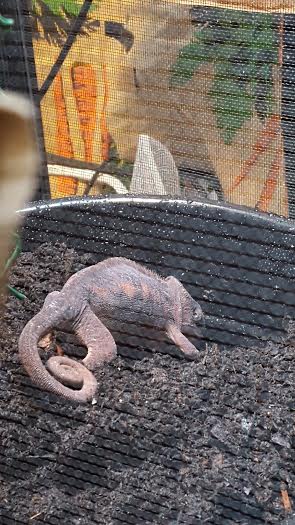
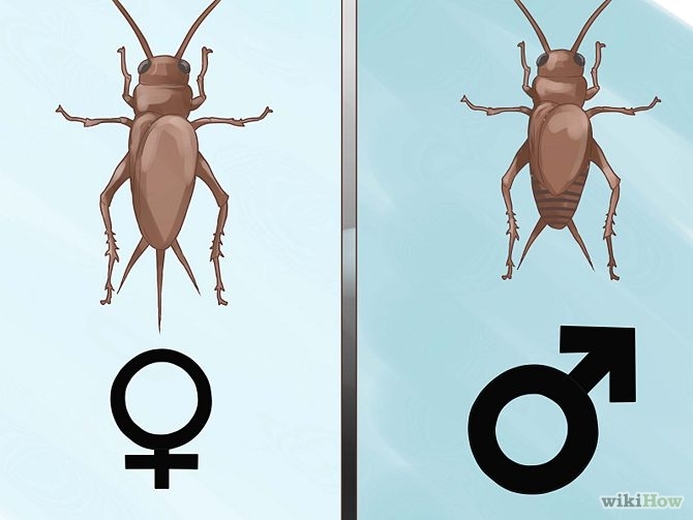
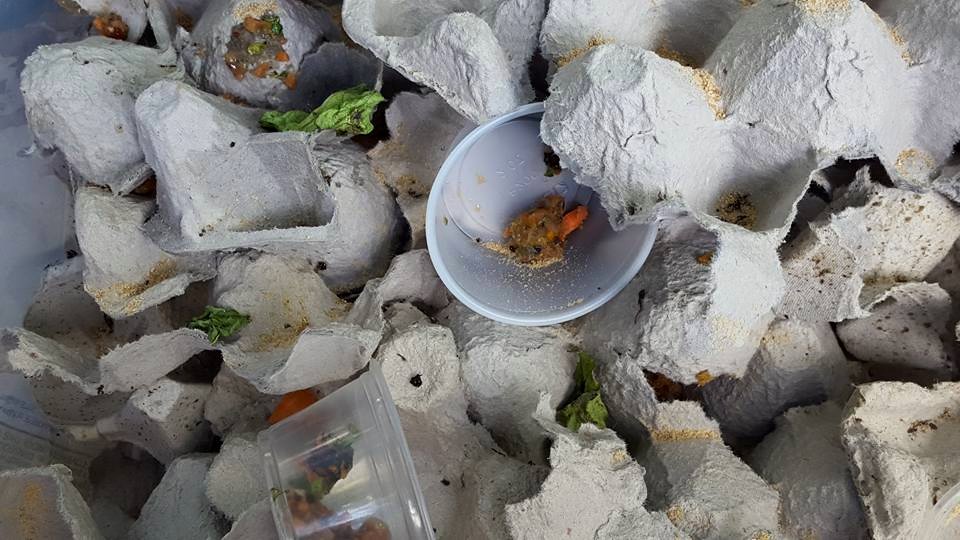
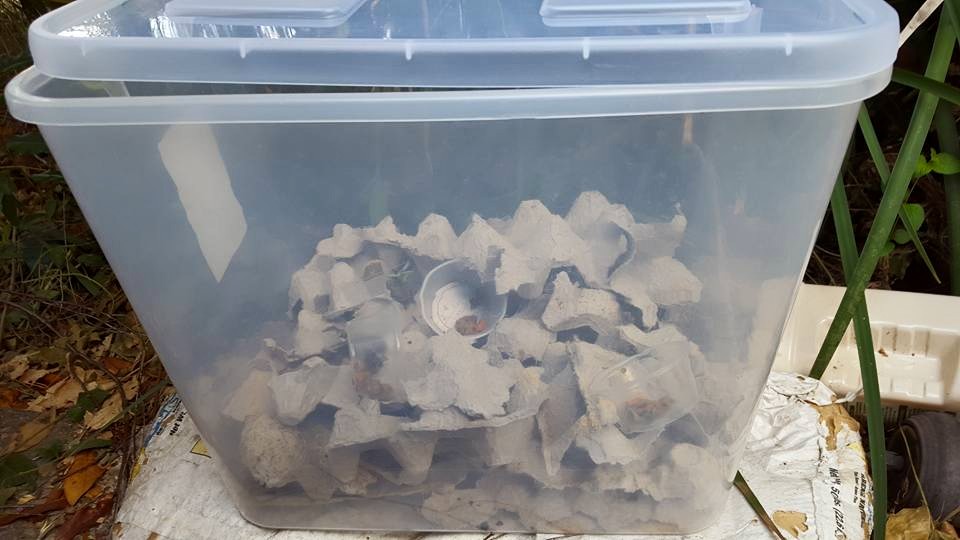
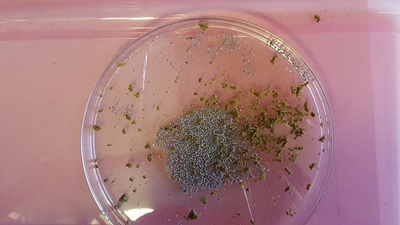
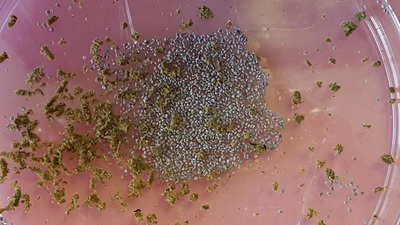
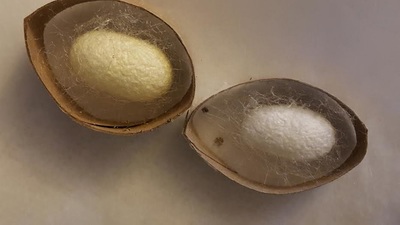
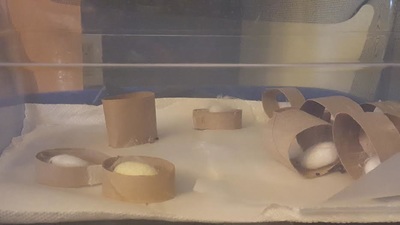
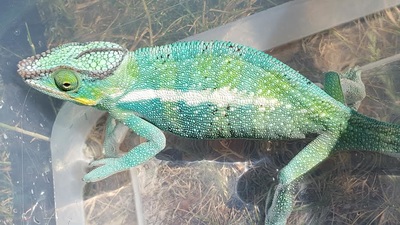
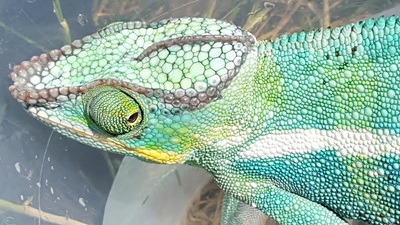
 RSS Feed
RSS Feed